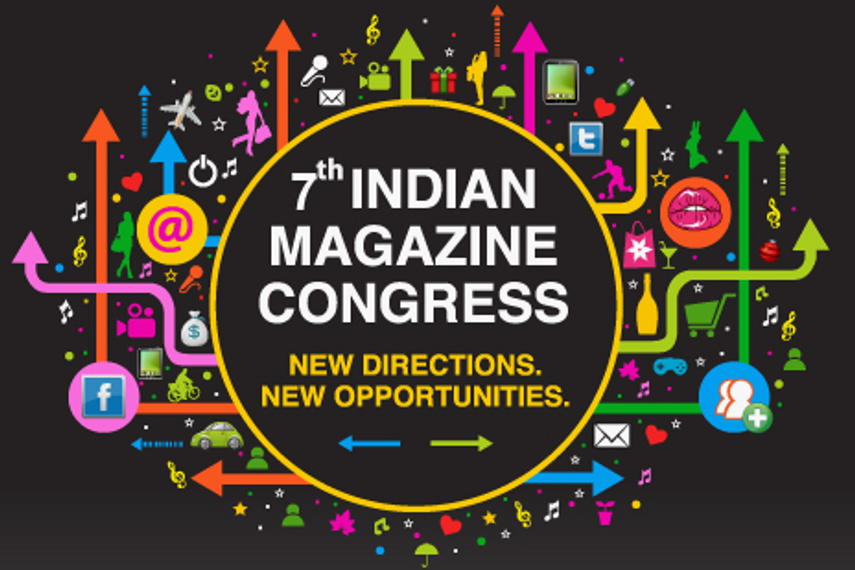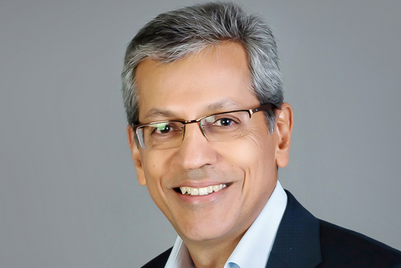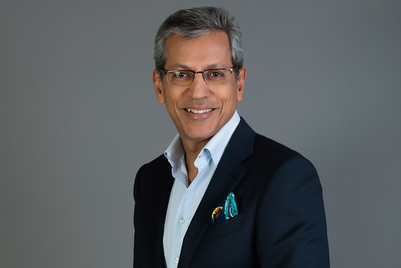
The final session at the Indian Magazine Congress 2013 featured eminent names from the publishing space - Stefano De Alessandri, chairman and managing director, Mondadori International, Stefan Gneuss, chief operating officer, Gruner + Jahr International, Ashish Bagga, chief executive officer, India Today Group, and Paresh Nath, editor and publisher, Delhi Press Group. FIPP president chris Llewellyn was the moderator of the session.
Bagga informed that within the India Today Group, digital was a small but growing business. “Non digital revenue is about 90 per cent and pure digital revenue is at 10 per cent. Next year, we hope to see the balance shift to about 83 per cent print and 17 per cent digital. Having a digital presence is a must of magazines in today's day and age.” Rai noted that it was 95 per cent non-digital revenue for Worldwide Media while five per cent accounted for the company’s digital revenues.”
“Digital revenue account for less than one per cent in our case,” informed Nath. He further explained, “We’re in the business of language publications, so there is still time before we could think of going digital. We have a total of nine language magazines, are looking at launching a few more in the near future. There is big future for print in India, and hence the digital revolution will have to wait for sometime.”
For G + J International, digital publishing is the next big thing across markets. Gneuss observed, “It was only last year that we started our digital business, so it’s very small as of now. I would say, it’s about 10 per cent. But, it’s a fast growing business. India is a key market for us. Though it doesn't feature in the list of top 10 markets (in terms of revenue), it is a market where we’re putting a lot of focus on. Our NetworkPlay acquisition was a first step in strengthening our presence here.”
Bagga noted that India Today as a group would look at focusing more on mobile. “Our digital spends are skewed towards mobile. That’s the real opportunity. So we will continue to invest in mobile by introducing versions for tablets and smartphones.” He further added, “With mobile it is easy to curate content into platforms that are accessible. It’s given us a lot of success. Is mobile monetized well? The cost is negligible and there is no print cost involved, you can ask your core editorial team to also produce content for mobile – that’s what we’re doing. So we’ve created a platform in mobile, practically at a negligible cost.”
Explaining his company’s global strategy in the current scenario, Alessandri, said, “There is a big challenge ahead of us as the Italian economy is going through a crisis. Our plan is to close down a few titles and focus on our strong brands, and develop platforms for our magazines.”
On Worldwide media’s strategy going forward, Rai explained, “We’ve taken a conscious call within the organisation to see if we could launch more properties around existing magazine brands as against introducing more titles into the market.
Bagga revealed his company’s plan to enter into the B2B space. Last week, the company announced the launch of Discovery Channel Magazine in India.
On what he thinks about increasing competition in the magazine space, Bagga said, “More the merrier. It gives us an opportunity to work that much harder, to remain at the top no matter how many magazines launch. It is something that will keep us going.”
Rai, however, pointed out that bad competition is not a healthy sign for the industry. In order to gain more market share, a few magazine players tend to cut their cover prices. What it does is, brings down the yields in the market. He noted, “Good competition, which comes from launch of international titles, pushes the bar as far as quality content is concerned. They don’t cut their cover prices and advertising rates, so that kind of completion is always good from an industry standpoint.”


.jpg&h=334&w=500&q=100&v=20250320&c=1)
.jpg&h=334&w=500&q=100&v=20250320&c=1)



.jpg&h=334&w=500&q=100&v=20250320&c=1)
.jpg&h=334&w=500&q=100&v=20250320&c=1)
.jpg&h=334&w=500&q=100&v=20250320&c=1)
.jpg&h=334&w=500&q=100&v=20250320&c=1)
.jpg&h=334&w=500&q=100&v=20250320&c=1)

.png&h=268&w=401&q=100&v=20250320&c=1)


.jpg&h=268&w=401&q=100&v=20250320&c=1)

.jpg&h=268&w=401&q=100&v=20250320&c=1)

